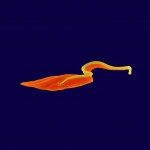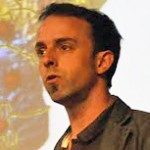Link to Pubmed [PMID] – 30449671
Curr. Biol. 2018 ;28(23):3802-3814
Several models have been proposed to explain how eukaryotic cells control the length of their cilia and flagella. Here, we investigated this process in the protist Trypanosoma brucei, an excellent model system for cells with stable cilia like photoreceptors or spermatozoa. We show that the total amount of intraflagellar transport material (IFT, the machinery responsible for flagellum construction) increases during flagellum elongation, consistent with constant delivery of precursors and the previously reported linear growth. Reducing the IFT frequency by RNAi knockdown of the IFT kinesin motors slows down the elongation rate and results in the assembly of shorter flagella. These keep on elongating after cell division but fail to reach the normal length. This failure is neither due to an absence of precursors nor to a morphogenetic control by the cell body. We propose that the flagellum is locked after cell division, preventing further elongation or shortening. This is supported by the fact that subsequent increase in the IFT rate does not lead to further elongation. The distal tip FLAM8 protein was identified as a marker for the locking event. It is initiated prior to cell division, leading to an arrest of elongation in the daughter cell. Here, we propose a new model termed “grow and lock” where the flagellum elongates until a locking event takes place in a timely defined manner, hence fixing length. Alteration in the growth rate and/or in the timing of the locking event would lead to the formation of flagella of different lengths.



